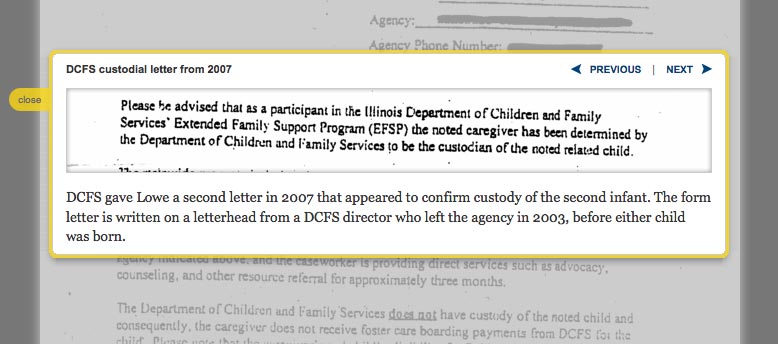DocumentCloud, a technology aimed at making data more accessible and helping journalists and news organisations deal with large volumes of documents, has made its debut on the Chicago Tribune’s website.
The Tribune has used DocumentCloud to publish the source documents of a news story and allow readers to browse by section and receive additional information around highlighted annotations.

The Tribune is one of 21 more than 70 news partners beta testing the technology, which is funded by a grant from the Knight News Challenge in 2009. The New York Times and ProPublica have allowed several staff to “moonlight” on the project, but is an independent organisation led by Eric Umansky, senior editor at ProPublica, Scott Klein, news applications editor at ProPublica, and Aron Pilhofer, the New York Times newsroom’s interactive technologies editor
Update: Despite this tweet from Aron Pilhofer, I am reliably informed by Amanda Hickman, programme director of DocumentCloud, in the comment below that the technology has also appeared alongside Newshour and Propublica stories too.
